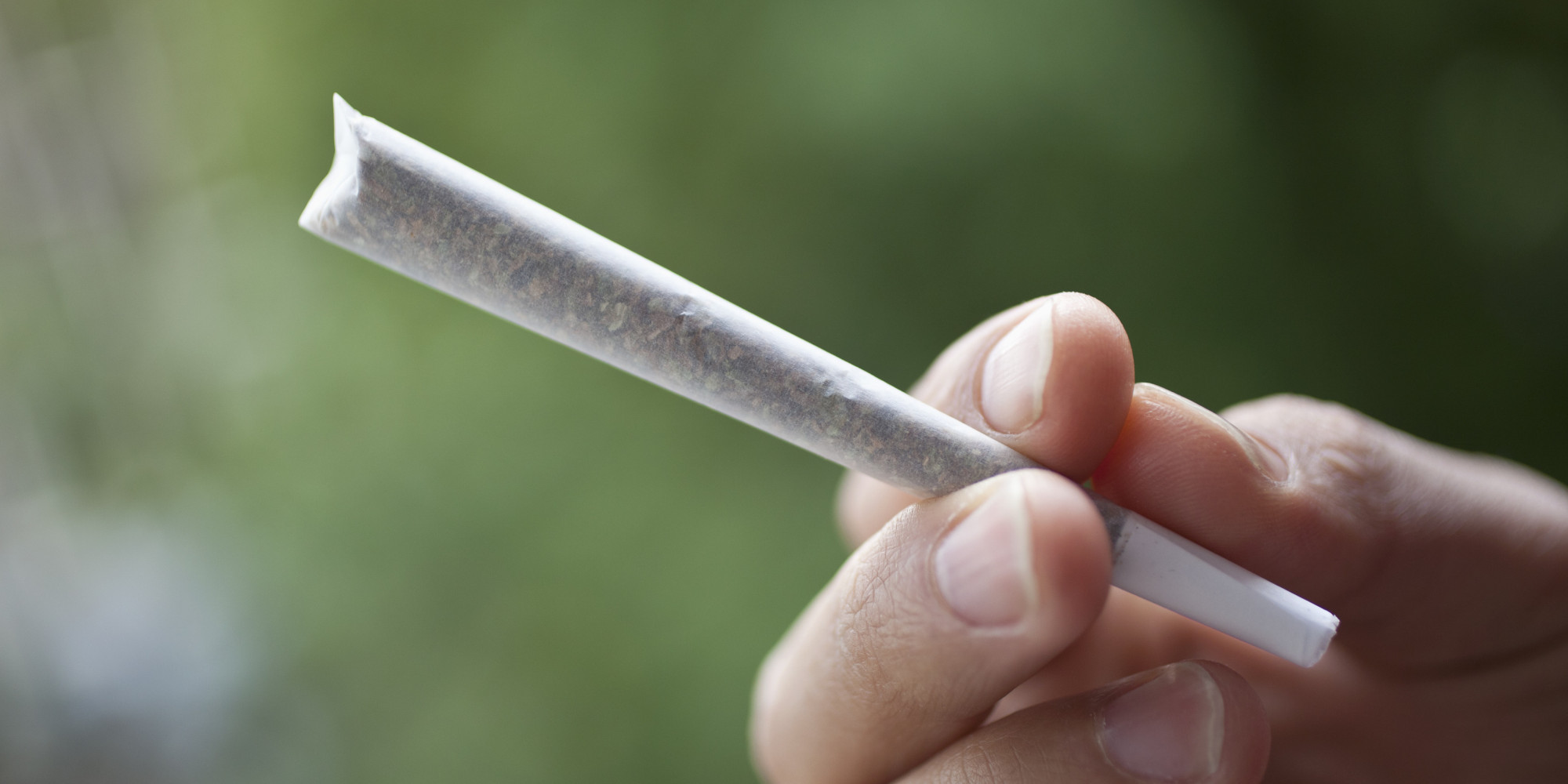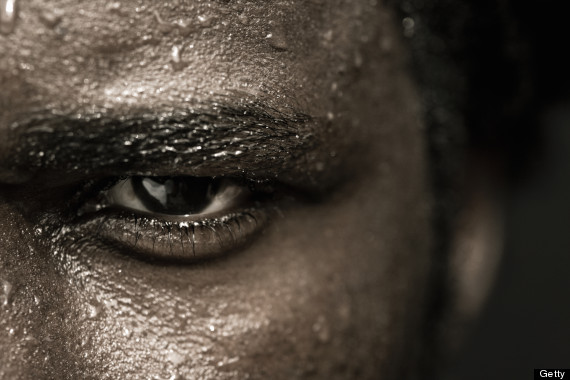
RECENT RESEARCH ON BONE DENSITY IN PRO
CYCLISTS MAKES FOR UNCOMFORTABLE READING
Cycling has traditionally been regarded as one of the healthiest sports around
This article:
• Discusses the link between exercise, bone mineral density (BMD) and health;
• Looks at new research on BMD in road cyclists and explains why they may be at greater risk of bone health problems;
• Makes practical recommendations.
Cycling has traditionally been regarded as one of the healthiest sports around, and its impact-free nature has made it particularly appealing to those concerned about their joint and skeletal health. However, recent research on bone density in pro cyclists makes for uncomfortable reading. Andrew Hamilton explains.
The height of the cycling season is upon us and with it the big tours such as the Tour de France and the Giro d’Italia. During these events, the professional cyclists typically churn out hundreds of kilometres per week under race conditions. Meanwhile, even lesser mortal such as club and sportive riders will be upping their mileages, spurred on by forthcoming races and events.
Assuming that cyclists undertake a properly structured training programme with manageable increases in training volumes and intensity, and that they allow adequate time for recovery with good nutrition, the physiological and health effects of increased cycling performance will almost always be beneficial. For example, research shows that increasing the intensity of aerobic type exercise such as cycling confers several health benefits such as:
• Enhanced insulin sensitivity(1);
• Reduced blood pressure(2,3);
• Improved blood cholesterol profile(2,3);
• Reduced body fat(4);
• Reduced risk of coronary heart disease (as the result of the above)(5,6);
• Better quality of life in older age(7);
However, one area where (unlike many other forms of exercise) cycling might not deliver health benefits is bone health, or more specifically, increasing bone mineral density (BMD – see below).
Importance of bone density
Why are high levels of BMD important? In very simple terms, this is because low levels of BMD are associated with an increased risk of osteoporosis. Osteoporosis is a disease that affects mainly (but not exclusively) older people, in which bones gradually become more fragile and likely to break. These broken bones are also known as fractures and typically occur typically in the hip, spine and wrist.
Osteoporosis (which quite literally means ‘porous bones’) is often known as the ‘silent crippler’ because it often progresses painlessly and unnoticed, until a bone actually breaks. Although any bone can be affected, fractures of the hip and spine are particularly problematical because they can produce a number of long-term complications including loss of ability to walk and permanent disability, loss of height and severe back pain. Although the precise mechanisms are poorly understood, the hallmark of osteoporosis is a reduction in skeletal mass caused by an imbalance between bone breakdown (resorption) and bone formation. This results in reduced bone mineral density.
Although osteoporosis is poorly understood as a disease process, we do know that being physically inactive is a major risk factor for developing osteoporosis. This is because vigorous ‘bone-loading’ physical activity is very effective at stimulating the uptake of calcium into bones, thereby helping to build bone mass in earlier years, and reducing the loss of bone mass in later years(8).
Bone loading exercise
Research has shown that the higher the muscular and impact load (gravitational) forces, the higher the BMD produced; so for example, gymnasts whose sport requires high loadings and impacts tend to have higher BMDs than endurance runners(9). By contrast, those who participate in sports with plenty of muscular motion, but without substantial loading (eg swimming) do not achieve the high BMDs of sports with higher loading(10). There’s also evidence that activities which develop strength (such as weight training) are particularly effective at producing high BMDs in the hip and spine(11,12).
So how does cycling fit into the equation? Well, muscular loading during cycling can be very high, especially during sprinting – for example on the track. On the other hand, the smooth spinning nature of the pedalling action and the fact that cyclists are supported by their saddle means there’s virtually no bone loading associated with gravitational impact (unlike the shock of foot-strike during running or field sports). In distance road cycling, therefore, where sprinting is only a minimal component, the degree of total bone loading is likely to be quite low, which has prompted researchers to look at the issue of BMD in cyclists more generally.
Overall, the balance of research suggests that road cyclists do not benefit from increased BMD in the same way that other sportsmen and women do (see below). But, more worryingly, some studies indicate that road cycling could actually have a detrimental effect on BMD. For example, French scientists found recently that compared to healthy non-cycling males, road cyclists had lower levels of BMD, and this was despite the fact that they were consuming significantly more dietary calcium (considered essential for bone health) than their sedentary counterparts(13). The researchers speculated that the combination of high training volumes of these cyclists combined with lack of bone loading might be a factor and now a brand new study on pro cyclists appears to bear this out (14).
Researched by KATIA C. ROWLANDS – PILATES INSTRUCTOR & PERSONAL TRAINER – 0825134256 •










